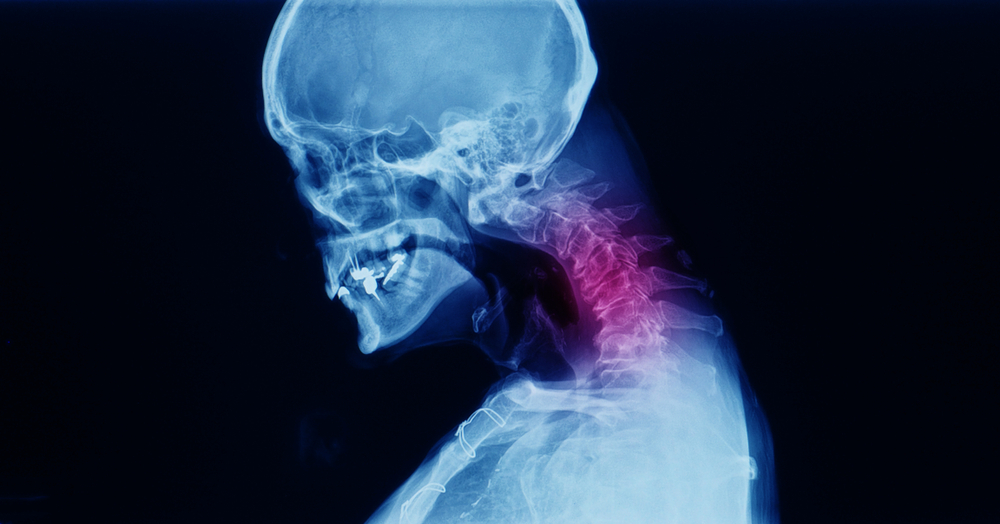An Anterior Cervical Discectomy & Fusion is a common treatment for degenerative and herniated discs located in the neck. During this treatment, the damaged disc is removed utilizing an incision made in the rear, or posterior portion of the neck. The disc in question will be replaced with a graft that causes the vertebrae above and below the disc to fuse together. When less invasive treatments, including physical therapy and medication, have failed to produce meaningful results, ACDF is often called for. Recovery times are brief, with a large portion of all patients receiving this procedure returning home on the day of the surgery.

What Is An ACDF?
“Cutting out the disc” is the literal translation of the word discectomy. This procedure is applicable at any point between the neck and lower back in the spine. When this procedure is being used on the discs in between the cervical vertebrae, the procedure is called an Anterior Cervical Discectomy & Fusion. The term anterior means’ front’, and ‘cervical’ refers to the vertebrae of the neck, referring to the route taken by the physician to replace the disc. An incision will be made in the front of your neck, and the esophagus, trachea, and neck muscles being gently moved aside to get access to the treatment point. By using this route, interaction with the nerves and muscles of the spine are interacted with as little as possible. In certain cases, you may discover you need to have multiple discs removed using ACDF.
What Are The Different Types of Graft Available?
Once the damaged disc has been removed, it will be time to fill the open space with a graft that will help fuse the neighboring vertebrae together. There are multiple types of graft, defined by the source from which they’re taken. The healing process will generally take about six months, though it can happen in as little as three.
The most common forms of graft are:
- Autograft Bone – When the material for the graft is taken from the patients living bone, it’s known as an autograft. Bone shavings taken from the top of the hipbone, the iliac crest, contain proteins and living bone cells to speed the healing process.
- Allograft Bone-In some cases, it’s not possible to take the material from the patient, and so bone from a cadaver will have to be used. This graft contains no living cells or proteins, and so must have them supplied by living bone from your spine.
- Bone Graft Substitute – When neither of the above two options is possible, artificial sources may be used. These are typically plastic, ceramic, or bioresorbable compounds. Bioresorbable means that they can be absorbed by the body. Much like the allograft, living bone must be provided to make healing possible.
Ready to see if an ACDF procedure can help ease your pain and stabilize your spine? Call Dr. John Czerwein today! Our staff will help arrange an appointment at our clinics where you can discuss your options. We look forward to seeing you soon!

